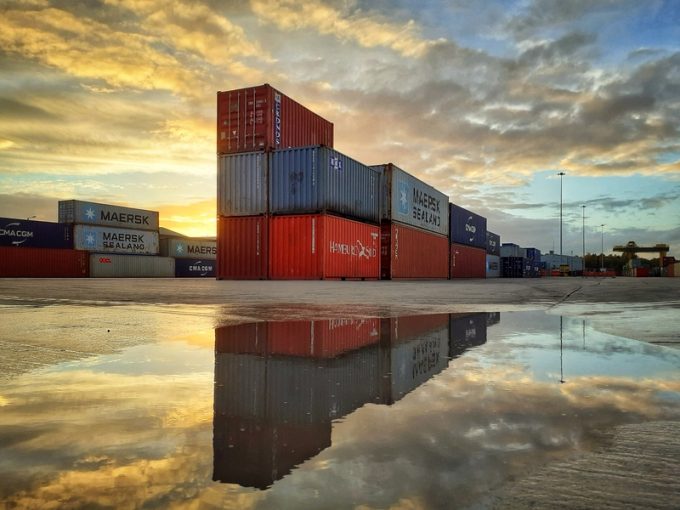Global trade volumes – strategy? WTF
Silver lining sought

Xeneta’s long-term XSI shipping index fell last month for the first time since January, and is likely to drop sharply in the coming months as shippers demand cheaper new contracts and mid-term rate reductions.
The modest 1.1% decline in the XSI last month “won’t be the last”, according to Xeneta CEO Patrik Berglund, who said market fundamentals suggested that the erosion of long-term contract rates would “pick up pace as the year draws to a close”.
He explained: “In short, this means ...
Outlook for container shipping 'more uncertain now than at the onset of Covid'
Transpac container service closures mount
Shippers warned: don't under-value US exports to avoid tariffs – 'CBP will catch you'
Cancelled voyages take the sting out of spot rate declines this week
New Houthi warning to shipping as rebel group targets specific companies
K+N CEO unveils impact of US import tariffs on China-origin goods
Blanked sailings in response to falling demand 'just a stop-gap solution'
CMA CGM to reflag box ship as the French carrier eyes growing Indian market


Comment on this article